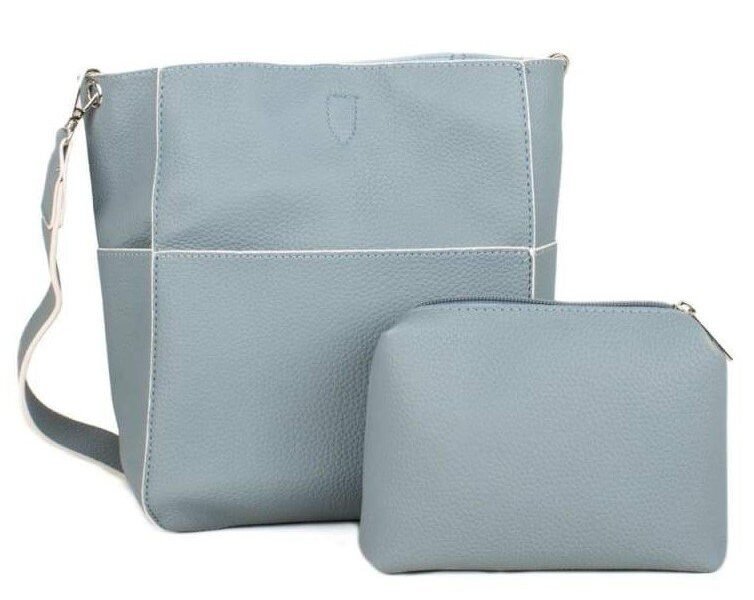Low head dams look harmless, but they pose a deadly threat to anyone in a small boat, kayak, or canoe. These structures create powerful, hidden currents that can pull you underwater in seconds. Understanding what they are and how to spot them is critical for staying safe on the river. This guide explains the dangers and provides vital safety tips for all paddlers and boaters.
What Exactly is a Low Head Dam?
A low head dam is a man-made barrier built across a river or stream. Unlike large hydroelectric dams, they have a low height, and water flows continuously over the top across the entire structure. This creates a smooth, uniform drop-off that can be very difficult to see from upstream.
These dams are built for various reasons, such as managing water levels for irrigation, controlling floods, or creating a small reservoir for recreational use. You can find them in both urban and rural areas, often near parks or bridges, making them a common but frequently underestimated hazard for people enjoying the water.
Their seemingly calm appearance is what makes them so dangerous. The water upstream can look peaceful, hiding the powerful hydraulic forces just below the surface. Many preventable accidents happen because boaters and paddlers don’t recognize the danger until they are already caught in the current.
The Treacherous Water Dynamics You Can’t See
The primary danger of a low head dam is the hydraulic roller, also known as a “boil” or “keeper,” that forms at its base. As water flows over the dam, it drops down and then circulates back towards the face of the dam. This creates a powerful, inescapable recirculating current.
This hydraulic action can trap boats, kayaks, and people against the dam, pulling them underwater, pushing them back to the surface, and then pulling them back under again. This phenomenon is why low head dams are often called “drowning machines.” Even the strongest swimmers and boaters wearing life jackets can be held underwater by these forces.
The current also accelerates as it approaches the dam’s edge, making it difficult to paddle away once you get too close. The smooth water surface upstream gives no indication of the violent turbulence waiting just downstream.
Key Risks for Kayaks, Canoes, and Small Boats
Small, lightweight watercraft are especially vulnerable to the forces created by low head dams. The stability of a kayak or canoe can be instantly compromised by the turbulent water, leading to immediate capsizing.
Once in the water, a person faces extreme danger. The recirculating current can be impossible to escape. It’s crucial for paddlers to understand these specific risks:
- Sudden Capsizing: The turbulent boil below the dam can flip a small craft without warning, throwing occupants into the dangerous hydraulic roller.
- Entrapment: Both the boat and the paddler can become trapped in the recirculating current. The force of the water can hold a person underwater indefinitely.
- Impact Injuries: Being tossed around in the turbulence can cause collisions with the dam structure, submerged debris, or even your own boat, leading to serious injuries.
These factors combine to create a life-threatening situation where survival is extremely difficult. The best defense is to avoid these structures completely.
How to Spot a Low Head Dam Before It’s Too Late
Since low head dams are often poorly marked, you must learn to recognize the signs from a distance. Awareness is your most important safety tool. Never assume a river is completely safe without checking for these hazards first.
From upstream, a low head dam can be very hard to spot. It might just look like a calm, straight line across the river. However, there are clues you can look for. Always listen for the sound of falling water, which can indicate a dam or waterfall ahead.
It is vital to consult local waterway maps and talk to local experts before you head out. Many official maps mark the locations of known dams and other hazards.
| Upstream Warning Signs | Downstream Warning Signs |
|---|---|
| A smooth, straight line of water across the river. | Churning, turbulent water (the “boil”). |
| Concrete structures or abutments on the riverbanks. | A visible drop-off in the river level. |
| Warning signs or buoys (if present). | The sound of rushing water. |
Essential Safety Measures and Emergency Protocols
The single most important rule for low head dams is to stay away. Never attempt to paddle over or near one. If you know a dam is on your route, plan a safe portage route to carry your boat around it on land.
Always wear a properly fitted personal flotation device (PFD) or life jacket. While a PFD may not save you from the hydraulic force of a dam, it will keep you afloat and increase your chances of survival if you capsize in another situation.
If you find yourself unexpectedly approaching a low head dam, you need a clear emergency plan.
- Alert Others: Use a whistle or shout to warn everyone in your group immediately.
- Paddle Aggressively Away: Do not hesitate. Turn your boat and paddle as hard as you can away from the dam, aiming for the nearest riverbank.
- Exit the River: Once you reach the shore, get out of the river well upstream of the dam. Do not get back in the water until you are safely downstream of the hazard.
If you capsize and are swept into the hydraulic roller, try to curl into a ball, cover your head, and hope the current pushes you out to the side of the river. Never try to swim against the current.
Frequently Asked Questions
Why are low head dams called drowning machines?
They are called drowning machines because of the powerful, recirculating current they create at their base. This hydraulic roller can trap a person or boat, pulling them underwater repeatedly and making escape or rescue nearly impossible.
What is the safest way to get past a low head dam?
The only safe way to get past a low head dam is to portage. This means getting out of the water well upstream of the dam, carrying your boat and gear on land around the hazard, and re-entering the water at a safe distance downstream.
Can you see a low head dam easily from upstream?
No, they are notoriously difficult to see from upstream. The water above the dam often appears calm and flat, looking like just a line across the river. This deceptive appearance is why they are so dangerous to unsuspecting boaters.
What should I do if I see someone trapped in a low head dam?
Never enter the water to attempt a rescue, as you will likely become a victim as well. Call 911 immediately, giving the precise location. From the shore, you can try to throw a rope or flotation device to the person, but do not attach the rope to yourself.







Leave a Comment